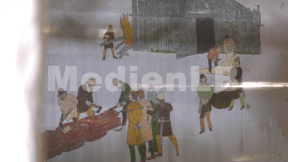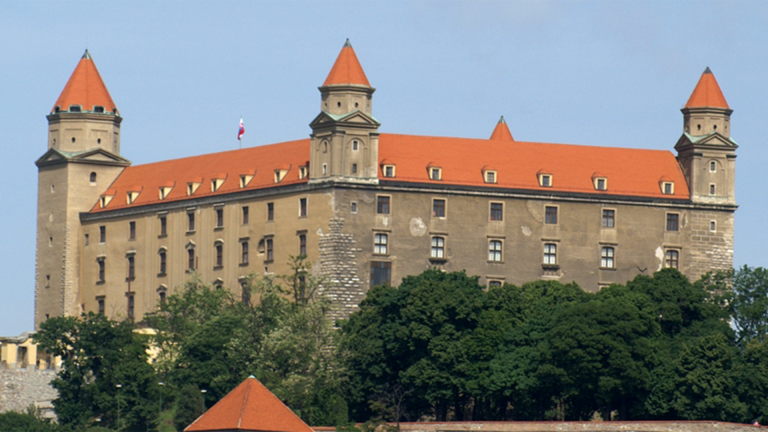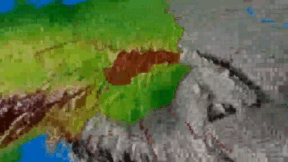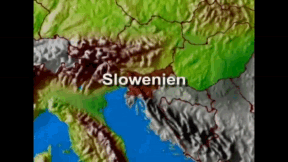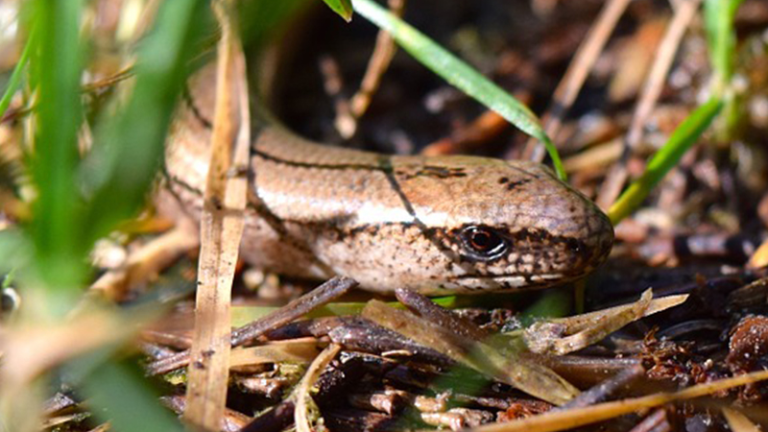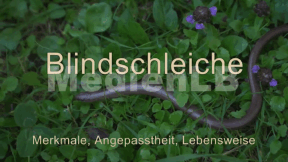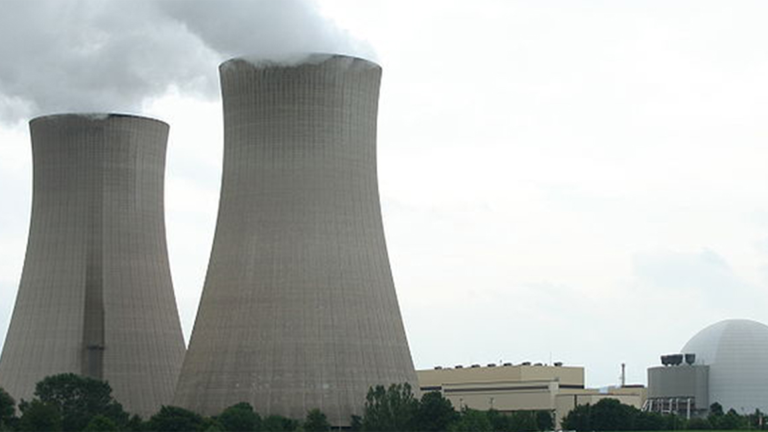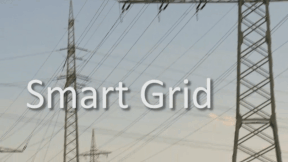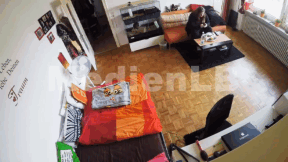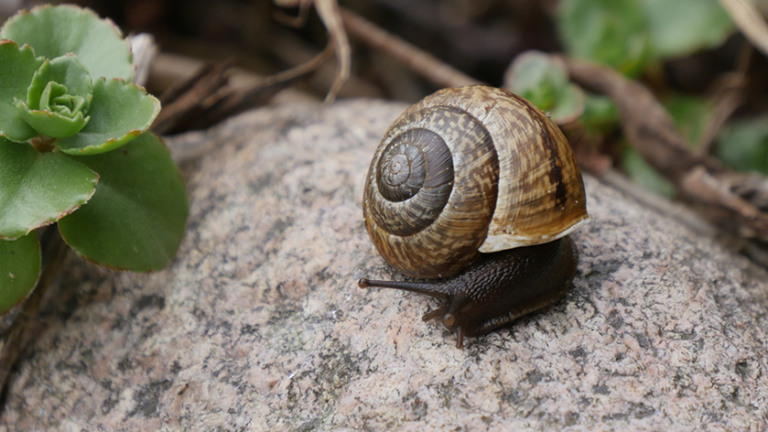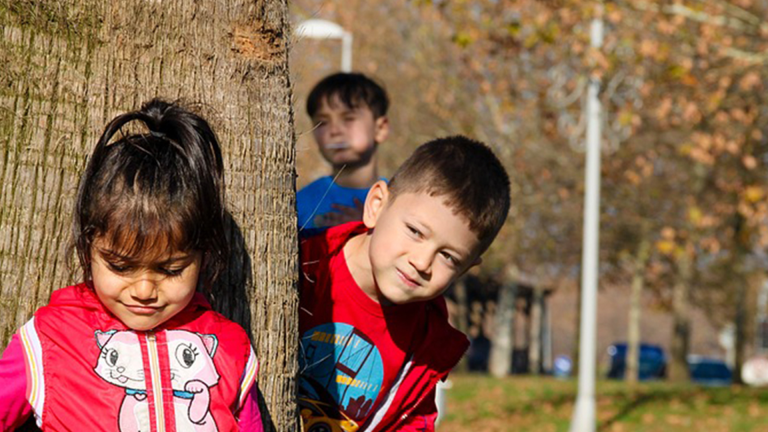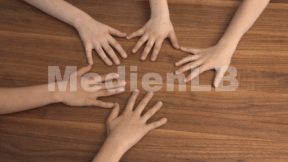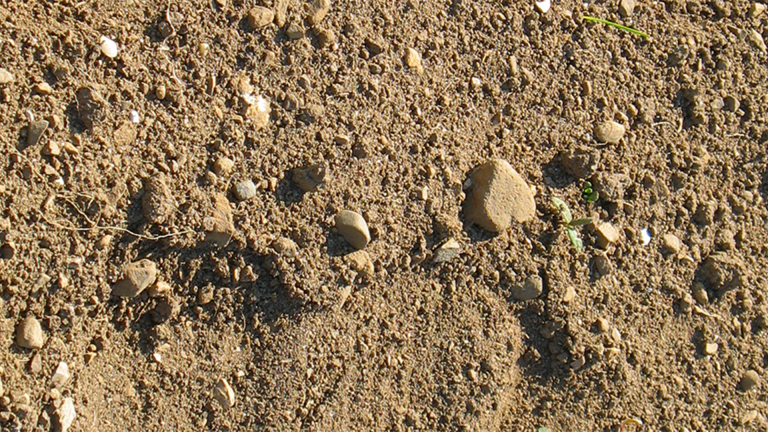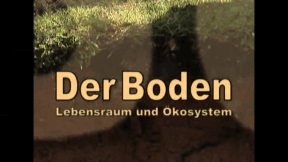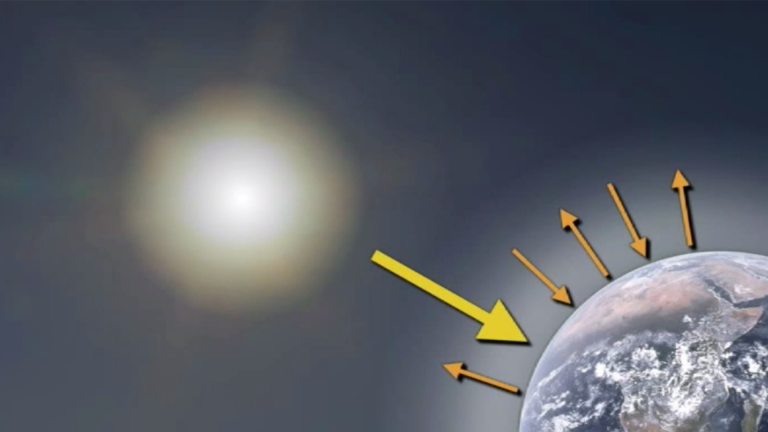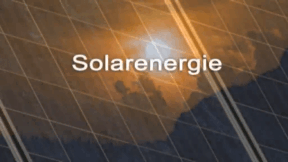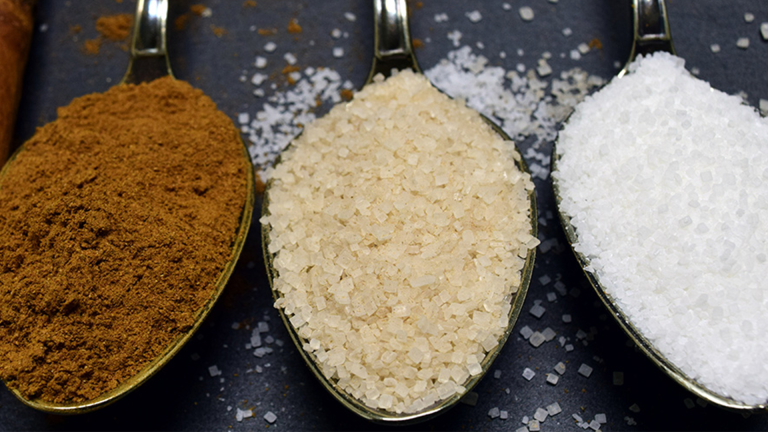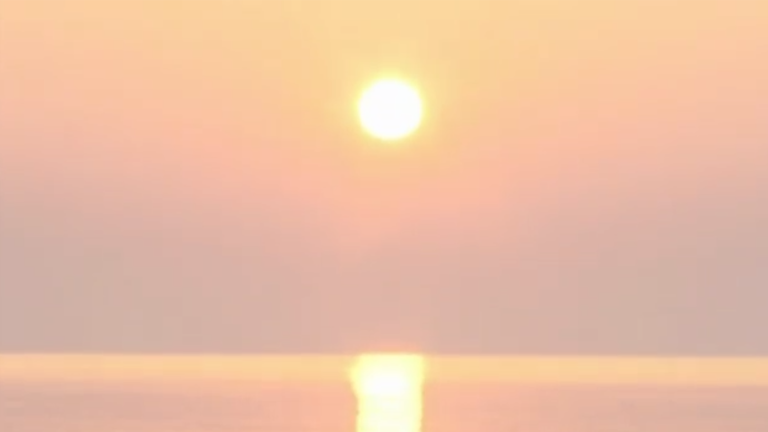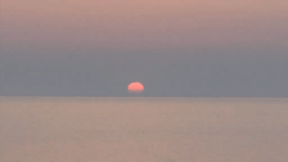Suche:
- # Artistry
- # Biology
- # Chemistry
- # Ecological
- # Economy
- # English
- # Foreign Language
- # Geography
- # German
- # Health
- # History
- # Informatik
- # Latin
- # Mathematics
- # Media Education
- # Music
- # Physics
- # Politics / Civics
- # Preschool
- # Primary School
- # Religion
- # Society
- # Sports
- # Technology
- # Training of Teachers
- # Vocational Education
Slawen
Die Slawen existieren nicht als ein Volk, sondern bezeichnen eine Vielzahl von Sippen, die sich über eine gemeinsame Sprachfamilie, bzw. Stammesnamen definieren. Beginnend mit dem 3. Jahrhundert begann im Rahmen der Völkerwanderungen die Verbreitung der Slawen in Europa.
Learn moreSlovakia
This DVD conveys to the pupils a comprehensive picture of the European neighbour state of Slovakia. Topographical in- formation on Slovakia is followed by an overview of its typical natural landscapes, for instance, the alpine mountain ranges of the Carpathians, the Slovakian Ore Mountains with their rich ore deposits, the Slovak lowlands of the Little and Great Hungarian Plains, the Danube Valley and the Váh Valley and its many lakes and reservoirs. The DVD explains the economic upswing of recent years and introduces successful branches of industry with the example of the Volkswagen plant in Bratislava. A visit to the capital Bratislava shows, among other things, the world-renowned “New Bridge”, the monumental national theatre and the Castle of Bratislava, which is perpetuated in the coat of arms of the city.This DVD shows the diversity and uniqueness of the EU member state of Slovakia and helps pupils to learn more about their European homeland.
Learn moreSlovenia
This DVD offers a clearly structured overview covering the following aspects: Situation in Europe, size and population, regions (Alps, Dinar Mountains, Pannonian Plain, Mediterranean coast), mountains (Julian Alps, Dinar Mountains, Karawanken), landscapes of particular interest (karst mountains, caves, Grottos of Adelsberg, “poljes”, Lake of Cerknica), rivers (Drava, Mur), the climate, history (overview up to today’s form of government, Yugoslavia, Declaration of Independence in 1991), traffic and infrastructure, economic structure, commerce, industrial products (Elan, Revoz-Renault, Gorenje), agriculture, Lipizzaner horses, mining and energy supply, tourism, important cities (Maribor, Celje, Koper), sights, seaside resorts, capital of Ljubljana, traditions, food and drink, language, education, culture and music. High-quality film clips and aerial shots, animated maps, historical film scenes as well as original sound interviews give the pupils a comprehensive overview of the country and its people.
Learn moreSlow Worm
The slow worm is a small, completely harmless lizard, which – contrary to its German name “Blindschleiche”– is perfectly able to see and is often mistaken for a snake because it has no legs and an elongated body. The German name is presumably derived from the Old High German word “Plintslicho”, which means “blinding sneaker”. This probably refers to the pretty, shining skin surface of the slow worm.
Learn moreSmart Grid
The turnaround in energy policy is meant to lead away from the old system of centralised power stations, from the conventional energy sources such as coal, oil or nuclear power. Instead, energy is to be generated in a lot of smaller installations from renewable sources such as sun or wind. That leads to a new structure of energy supply. The turnaround requires a new, intelligent system with which the energy exchange between generator and consumer will be controlled in the future. The English term “smart grid“, which translated means nothing other than ’intelligent electricity network’, represents this system of the future.
Learn moreSnails and Their Habitats
They are slow, really slow ... they are soft, they are slimy ...and greedy.
Learn moreSoil
“To be brought back down to earth” is an expression we use when someone needs to come back to reality. Just like the air to breathe, the soil is taken for granted and simply there – we do not need to think about it. However, it is an extremely complex, sensitive structure and not only the crucial production factor for farmers but their basis of their existence. Ultimately, the soil is the vital basis of life for plants and, directly or indirectly, for animals as well as us humans. Starting from the relevance of the soil, the film clarifies the diverse, mutual relations with other elements of the landscape. In this cinematic exploration, the manifold, soil-forming factors and processes such as, for instance, decomposition and humus formation are explained just like the geographical basic terms “soil profile”, “horizons” and “soil type”. Over the past 150 years approximately, a profound change has taken place in agricultural production, which was essential to provide a stable, high-quality sustenance of the growing population in the industrial states. The DVD also shows that heedless human interference into the soil ecosystem has brought about irreparable consequences.
Learn moreSolar Energy
80 % of our current energy needs are covered by fossil fuels (coal, oil, gas). Their supply may soon lead to severe problems as worldwide stocks will be exhausted one day. That is why the future belongs to renewable energy from sun, wind, water, and biomass. The Sun as an inexhaustible energy source is estimated to be available to us for another 4.5 billion years to come. It supplies us with “clean energy“ that is available everywhere on earth and that exceeds worldwide energy needs many times over. The film presents the pupils with the long history of solar energy use. The functioning of solar collectors, solar cells and solar power plants is explained, the current operating ranges of solar technology are dealt with and an outlook for the future is provided. With the act on the phasing-out of nuclear energy Germany has taken over a pioneering role worldwide in the field of renewable energies. Together with the extensive accompanying material the DVD is ideally suited for use in the classroom.
Learn moreSolutions, Emulsions and Mixtures of Substances
Be it milk in a cereal bowl, tea in a glass or the air around us. We constantly come across mixtures of substances in our everyday lives. As the name suggests, they are mixtures – mixtures of several so-called pure substances.
Learn moreSource of Energy
Energy determines our lives. Without energy, plants, animals and humans would not be able to live. Without energy, there would be no movement. But what is energy? Where does it come from and how is it used – yesterday, today, tomorrow? The DVD provides an illustrative introduction into the highly topical issue of energy. Starting with the human perception, it leads us to the cosmic primal source, the huge fusion power plant above our heads – to the sun. In doing so, it explains how energy reaches the Earth and is used here in different ways by plants, animals and humans. The physics part clears up the terms work, power and degree of efficiency. The DVD shows what conversion losses occur in the process from primary energy to useful energy, of course including the clarification that energy can neither be generated nor lost in a physical sense. The ecological, economic and social sustainability is discussed. This way, it is made clear that only Renewable Energy – thus energy from the Sun – can secure our future.
Learn more




